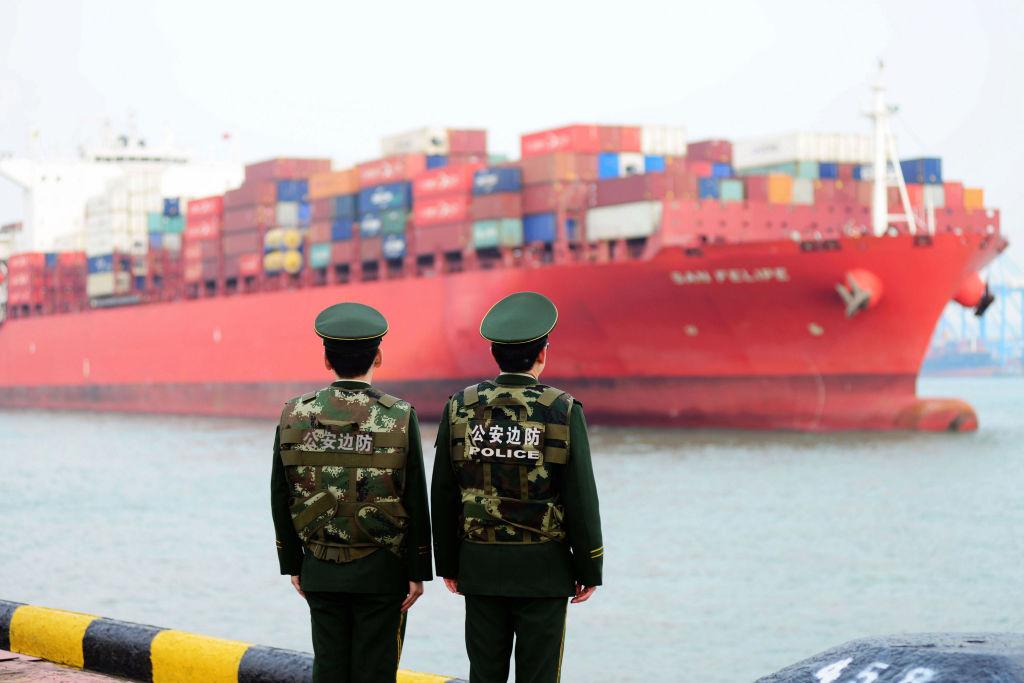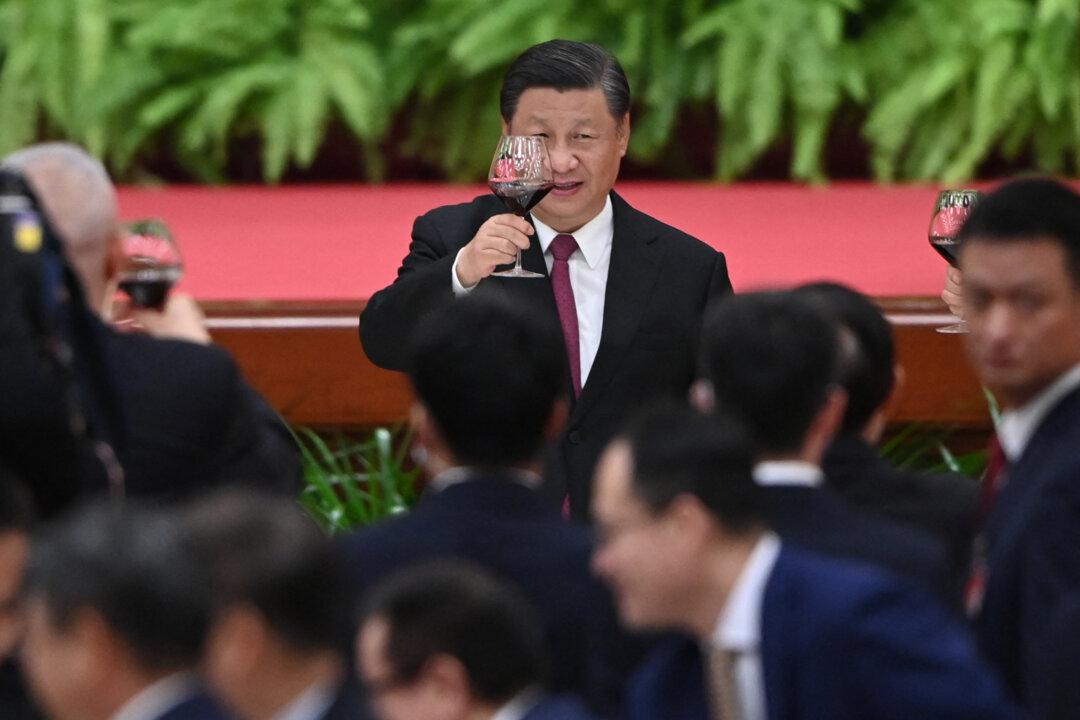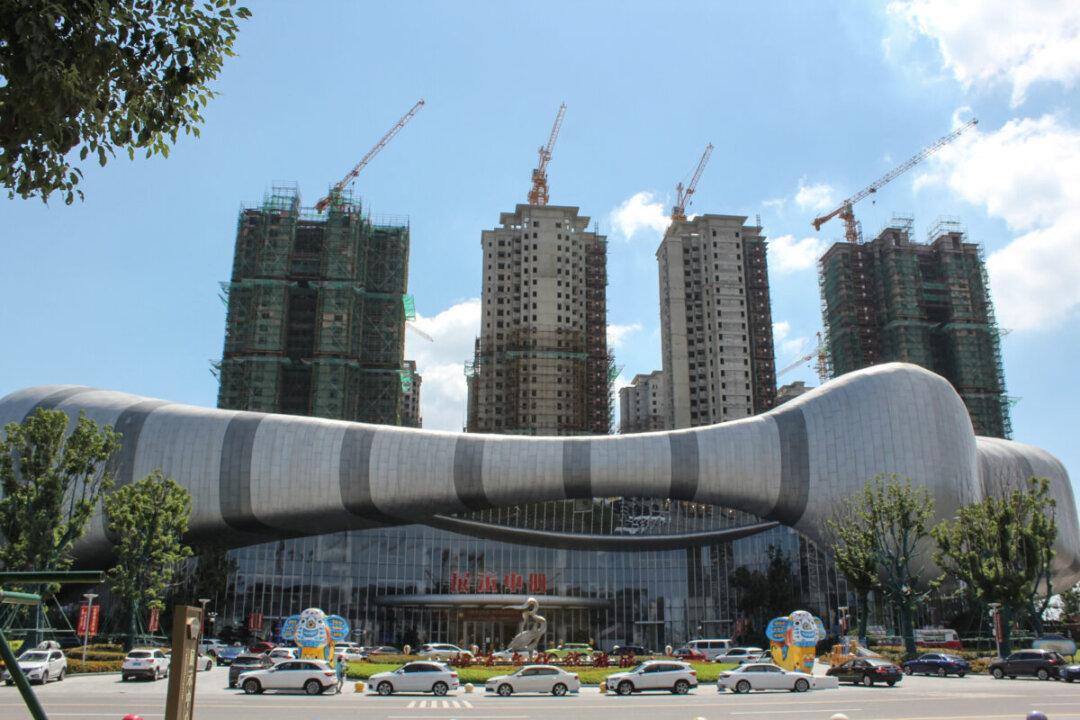As the Sino–U.S. trade war escalates, the tariffs imposed by the United States on Chinese imports can be seen as a “red light” on Chinese-produced goods, which will divert procurement and supply chains to other locations. As a portion of U.S. imports stops coming from China, it will cause a shift in the Sinocentric global industrial chain that emerged at the beginning of the century.
On Sept. 18, U.S. President Donald Trump announced that he would implement a $200 billion tariff on China in two phases. China’s Ministry of Commerce immediately announced that it would counter Trump’s move with equal tariffs on Chinese goods. The White House responded to this, saying that once China takes these countermeasures, it would impose tariffs on another $267 billion worth Chinese products.





